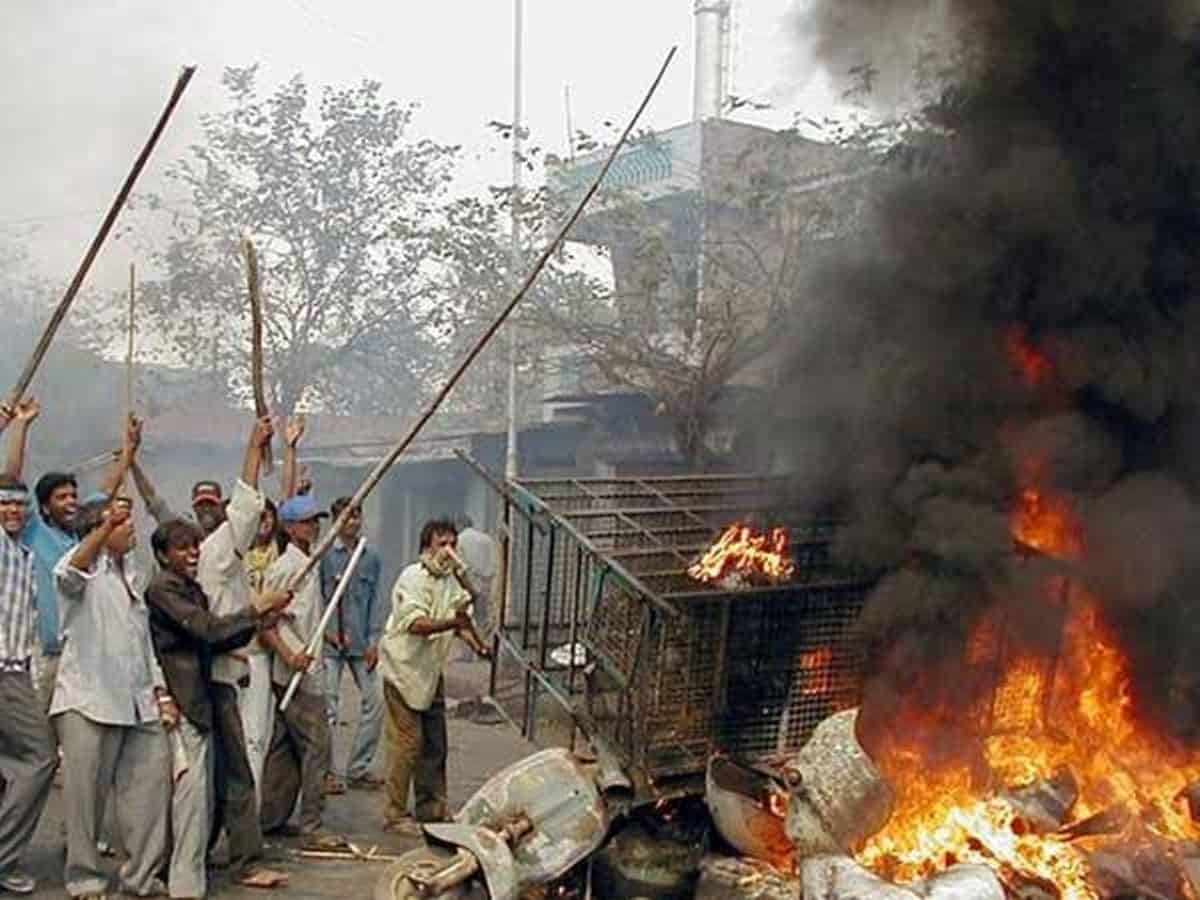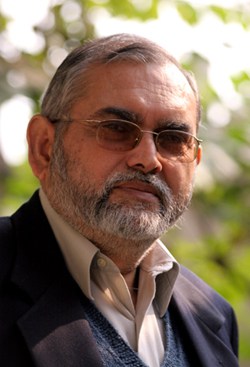

After a lull in the wake of Partition riots (1947), India has consistently seen communal, meaning anti-Muslim, riots since early 1960s. Governments and political leaders have been complicit or complacent in these gory events which are meant to marginalise the Indian Muslim community. Riots erupted in towns and areas were Muslims were prosperous and ran some industries.
Gujarat riots 2002 were perhaps the only one, in this long and unending series, in which the state government, then headed by Mr Narendra Modi, was directly involved. In fact, it used a tragic fire in a train coach to blame the Muslims of Godhra town to have burnt the coach in a pre-planned conspiracy.
Until now there is no solid proof that Muslims were responsible for this incident. In fact, the official report of the Justice Bannerji Commission, appointed by the Railways Ministry, putting the blame on the travellers, said that the fire was not a result of a deliberated act and that there was no indication that the S-6 couch was torched from outside. Burnt bodies of the travellers were given to a communal [partisan] organisation (VHP) to come out in a long procession from Godhra town to Ahmedabad. This was against the Indian laws which say that bodies of dead persons can be given only to the close relatives of the victims. Soon thereafter the riots started. Modi told the police to let the Hindus vent their anger for two days. A courageous police officer, Sanjiv Bhat, who spilled the beans, was later framed and jailed for life.
Gujarat riots had started in a planned way in which Muslims were killed (officially 2000; but unofficial figures are 3000+); homes, shops and workplaces of Muslims were burnt according to lists prepared meticulously in advance as the then VHP head of Gujarat state later bragged.
Modi did not allow the army to intervene and kept it waiting in Ahmadabad. He did not give any state support to the half a million riot victims who had taken shelter in dozens of refugee camps across Gujarat. Modi in fact mocked at these refugees saying that the camps were child-producing factories which need not be helped. He raised the slogan “Hum paanch, hamare pachees” (we are five, we have 25; i.e., every Muslim male marries four women and produces 25 children). Modi not only refused to help the riot victims from state resources, he even returned to the Central government the monetary aid sent for the victims.
From then on Modi was branded by his PR team as “Hindu Hiriday Samrat” (Emperor of Hindu Hearts) and the slogan of “Gujarat Model” was coined to show that this is how Muslims should be treated and shown their place. Now areas in Gujarat are practically divided; there are partitions between Muslim and Hindu localities; some Hindu villages sport signboards claiming to be part of “Hindu Rashtra” (Hindu State).
It is a pity that the Godhra event and the subsequent pogrom was never properly investigated. Railway Ministry’s report, headed by Justice Bannerji, was categorical that the fire in the Sabarmati couch was accidental and was not part of any conspiracy. Nanavati-Mehta Commission, appointed on 6 March 2002, presented its partial report in September 2008 and the final report on 19 Nov. 2014 but the report was never tabled in Parliament or made public. Concerned Citizens Tribunal, headed by Justices Krishna Iyer, Sawant and Hosbet Suresh, recommended that Modi and his gang must be prosecuted and banned from public offices for life.
Later excesses of the Modi regime in Gujarat, especially the umpteen staged encounters (18 according to the Central Government at the time) were never properly investigated and taken to their logical end. Most riot cases were dismissed at the police station levels, whatever went to courts were managed by government lawyers who unreserved protected the rioters. People like Babu Bajrangi and Maya Kodnani, who oversaw the killing and burning of 97 Muslims in Naroda Patia on 28 February, 2002, are free today. Bajrangi bragged in Tehelka tapes that Modi kept changing judges until one came who gave him bail. UPA government at the Centre is complicit in protecting Modi and his gang. It is said that UPA regime made a secret deal with the BJP not to prosecute Modi and his gang in lieu of BJP support to the worthless India-US nuclear deal of 2008 which Manmohan government had made a matter of life and death for his regime. We all are paying the price of this expediency.
Modi, after winning the general elections and becoming Prime Minister in May 2015, is trying to implement this model all over the country. During this period hundreds of Muslims have been lynched under his watch over fake claims of owning or consuming beef or marrying Hindu women or converting Hindus to Islam, etc. Any issue could be easily communalised and used to beat Muslims with. During the first wave of Corona, Indian Muslims were accused of spreading Corona all over the country as part of an Islamic conspiracy.
What is worse is that all political parties, except Communists, have now in varying degrees co-opted “Soft Hindutva” which translates into neglecting Muslims, failing to raise issues concerning the Muslims or giving due representation to Muslims within the party apparatus. This is the greatest triumph of the Hindutva project and its effect will last long even if Modi and his party lose next general elections, which is likely since his government has failed in every area except disseminating hate and polarising society on Hindu-Muslim-Christian-Sikh lines.
It is a pity that we failed to properly document and take legal action against the planners of the pogrom of Gujarat 2002 and the fake encounters that followed. We are paying the price for that failure. The recent call and spectre of genocide of Muslims in India is a direct result of this failure to block the Hindutva march.
Zafarul-Islam Khan is a well-known activist, journalist and a former Chairman of Delhi Minorities Commission.

